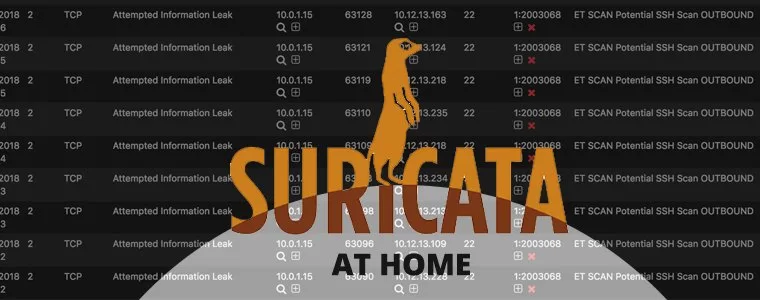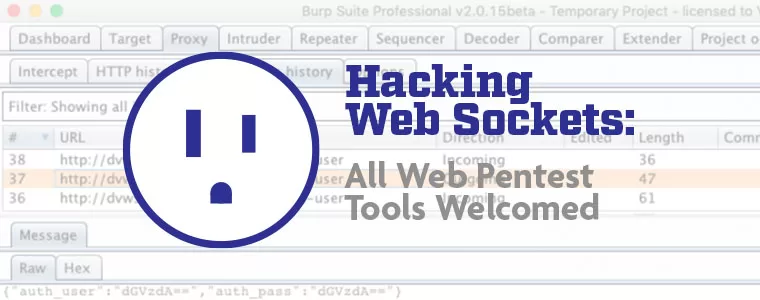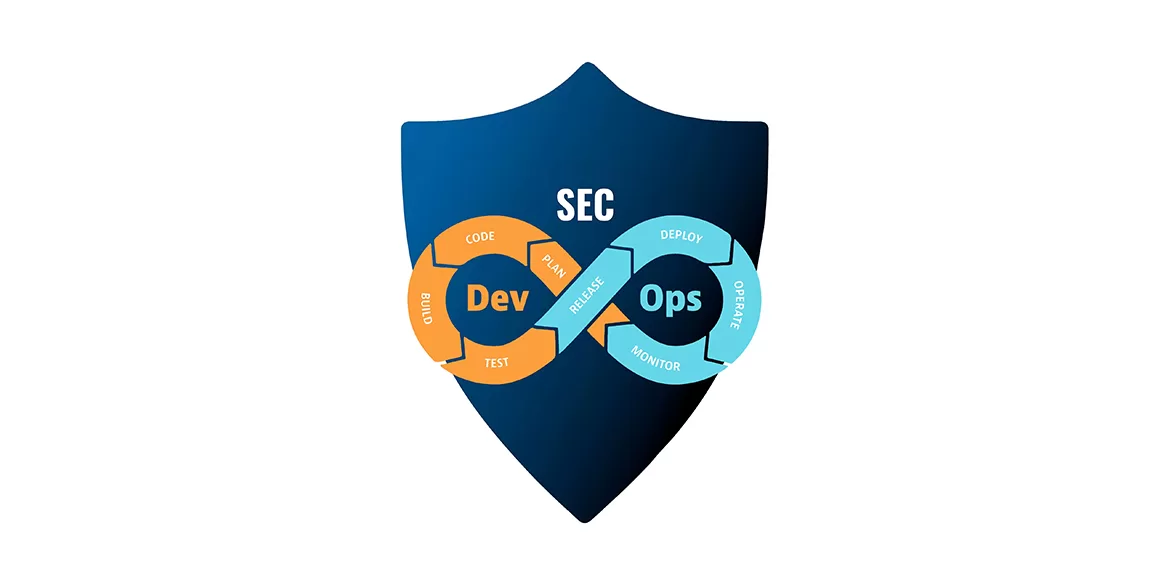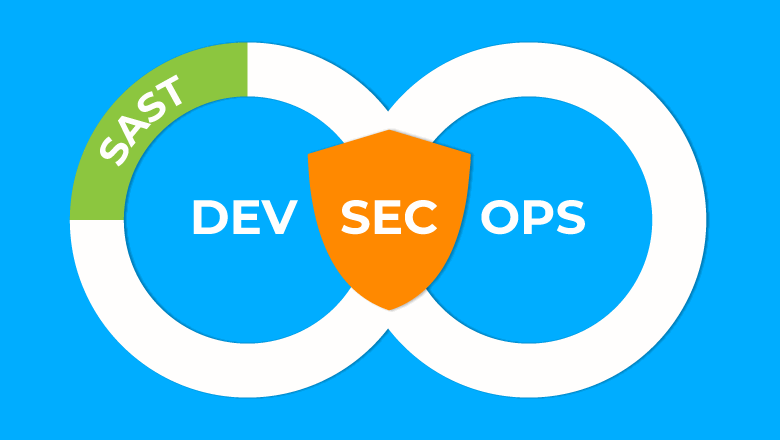
In the ever-evolving landscape of cyber threats, application security remains a critical concern for organizations worldwide. The Open Web Application Security Project (OWASP) has been at the forefront of identifying and addressing the most critical security risks to web applications. Their widely recognized OWASP Mobile Top Ten list serves as a foundational resource for developers, security professionals, and organizations striving to protect their applications from potential vulnerabilities. In this article, we will explore the OWASP Mobile Top Ten and each of these key mobile application security risks.
The Importance of Awareness
Protecting Sensitive Data
One of the primary reasons companies need to be aware of the OWASP Mobile Top Ten is to protect sensitive data. Vulnerabilities such as insecure data storage, improper credential usage, and insufficient cryptography can lead to data breaches, exposing confidential information like customer details, financial records, and intellectual property. By understanding these risks, companies can implement robust security measures to safeguard their data.
Ensuring Regulatory Compliance
Regulatory compliance is another crucial aspect of why companies must pay attention to the OWASP Mobile Top Ten. Regulations such as GDPR, HIPAA, and PCI-DSS mandate stringent security controls to protect personal and financial information. Awareness and mitigation of the top security risks can help organizations meet these regulatory requirements and avoid hefty fines and legal consequences.
Maintaining Customer Trust
Maintaining customer trust is more important than ever in the age of data breaches and cyber-attacks. Customers expect their data to be handled securely, and any security incident can significantly damage a company’s reputation. By proactively addressing the OWASP Mobile Top Ten risks, organizations can demonstrate their commitment to security, ensuring customer trust and loyalty.
Addressing the OWASP Mobile Top Ten Risks
1. Improper Credential Usage
Improper credential usage can lead to unauthorized access and data breaches. Companies should enforce strong password policies, implement multi-factor authentication (MFA), and regularly audit and rotate credentials to mitigate this risk.
Exploitation: EASY | Prevalence: COMMON | Detectability: EASY | Technical Impact: SEVERE | Business Impact: SEVERE
2. Inadequate Supply Chain Security
Third-party components and services can introduce vulnerabilities. Organizations need to conduct thorough vetting of suppliers, regularly update dependencies, and use supply chain security tools to ensure the integrity of their applications.
Exploitation: AVERAGE | Prevalence: COMMON | Detectability: DIFFICULT | Technical Impact: SEVERE | Business Impact: SEVERE
3. Insecure Authentication/Authorization
Weak authentication and authorization mechanisms can be exploited by attackers. Implementing robust authentication protocols, secure session management, and least privilege access controls are essential practices to prevent unauthorized access.
Exploitation: EASY | Prevalence: COMMON | Detectability: AVERAGE | Technical Impact: SEVERE | Business Impact: SEVERE
4. Insufficient Input/Output Validation
Insufficient validation of input and output can lead to various attacks, including injection and cross-site scripting (XSS). Companies should adopt strict input validation, output encoding, and utilize security frameworks to ensure data integrity.
Exploitation: DIFFICULT | Prevalence: COMMON | Detectability: EASY | Technical Impact: SEVERE | Business Impact: SEVERE
5. Insecure Communication
Data transmitted without proper encryption is vulnerable to interception and tampering. Using secure protocols like HTTPS, encrypting data in transit, and employing strong cryptographic algorithms are vital to secure communication channels.
Exploitation: EASY | Prevalence: COMMON | Detectability: AVERAGE | Technical Impact: SEVERE | Business Impact: MODERATE
6. Inadequate Privacy Controls
Inadequate privacy controls can lead to the exposure of sensitive information. Organizations should implement data minimization, enforce proper data handling practices, and ensure compliance with privacy regulations to protect user privacy.
Exploitation: AVERAGE | Prevalence: COMMON | Detectability: EASY | Technical Impact: LOW | Business Impact: SEVERE
7. Insufficient Binary Protections
Without sufficient binary protections, application binaries can be tampered with or reverse-engineered. Employing code obfuscation, integrity checks, and secure coding practices can help protect binaries from malicious modifications.
Exploitation: EASY | Prevalence: COMMON | Detectability: EASY | Technical Impact: MODERATE | Business Impact: MODERATE
8. Security Misconfiguration
Misconfigurations can expose applications to potential threats. Regularly reviewing and updating configurations, minimizing the attack surface, and using automated tools for configuration management are crucial steps to prevent security misconfiguration.
Exploitation: DIFFICULT | Prevalence: COMMON | Detectability: EASY | Technical Impact: SEVERE | Business Impact: SEVERE
9. Insecure Data Storage
Insecure data storage can lead to unauthorized access to sensitive information. Encrypting data at rest, using secure storage solutions, and implementing strong access controls are necessary to safeguard stored data.
Exploitation: EASY | Prevalence: COMMON | Detectability: AVERAGE | Technical Impact: SEVERE | Business Impact: SEVERE
10. Insufficient Cryptography
Weak or outdated cryptographic algorithms can compromise data protection. Organizations should ensure the use of modern, secure cryptographic standards, regularly update cryptographic libraries, and conduct cryptographic audits to maintain strong encryption.
Exploitation: AVERAGE | Prevalence: COMMON | Detectability: AVERAGE | Technical Impact: SEVERE | Business Impact: SEVERE
Where to Begin
Understanding and addressing the OWASP Mobile Top Ten application security risks is fundamental for protecting your organization’s web applications from potential threats. Companies can significantly enhance their security posture by being aware of these risks and implementing best practices for input validation, authentication, access control, configuration management, and monitoring.
At VDA Labs, we specialize in providing comprehensive application security solutions tailored to your unique needs. Our team of experts is dedicated to helping you identify vulnerabilities, implement effective security measures, and stay ahead of evolving threats. Contact us today to schedule an application security needs assessment and take the first step toward fortifying your applications against cyber threats.
-
Previous Post
4 Benefits of SIEM Software











